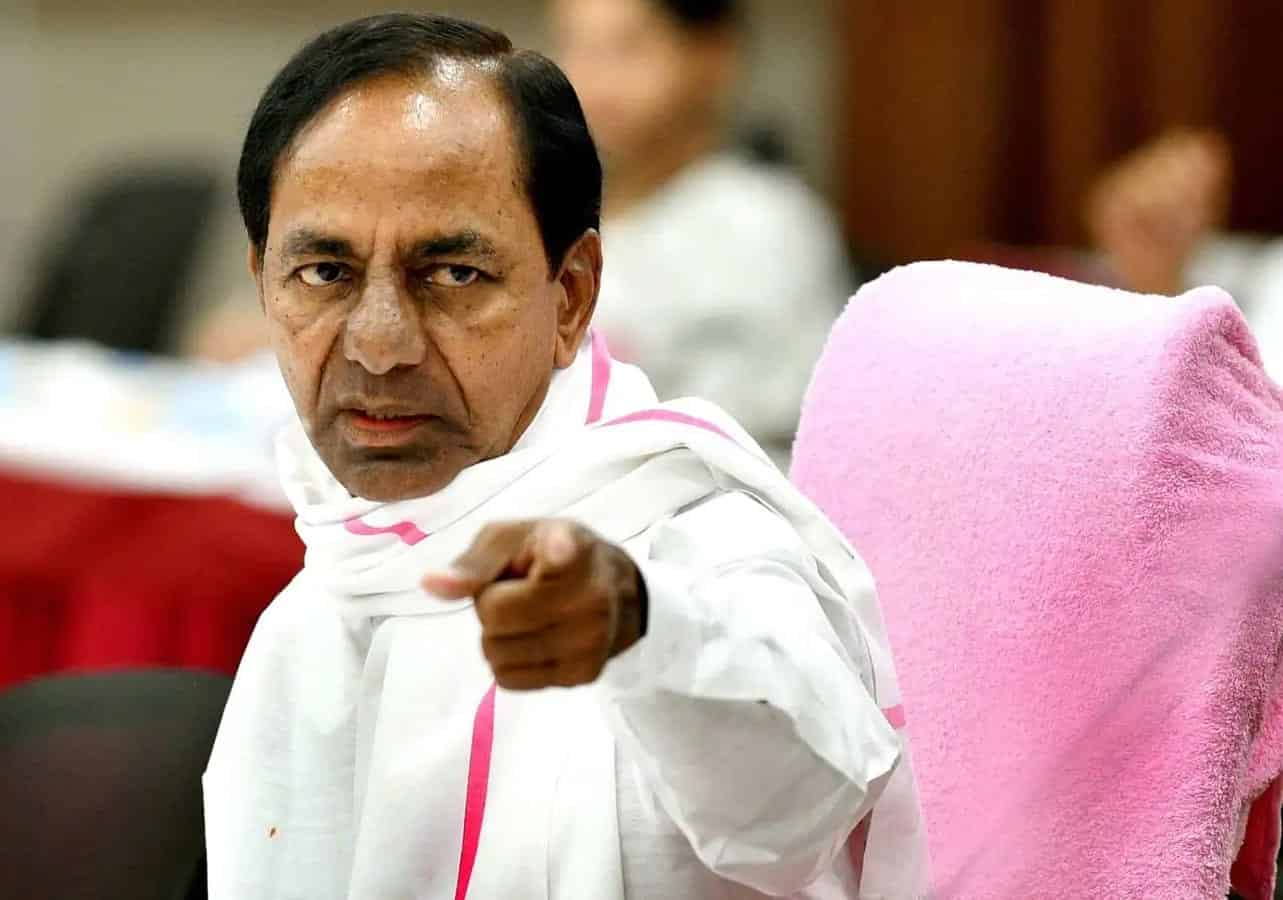On June 2nd, 2014, Telangana became the 29th state of India, marking a historic moment for the region’s struggle for self-respect and self-rule. While the Congress party-led UPA government played a significant role in fulfilling the long-standing dream of the people, the credit for the separate statehood largely goes to one man—K Chandrasekhar Rao.
KCR, as he is popularly known, quit the Telugu Desam Party and founded the Telangana Rashtra Samithi (TRS) in 2001, marking the beginning of a new era. Though his political aspirations gained momentum by the 2004 elections, they suffered a setback in 2009. However, KCR’s hunger strike reignited the Telangana statehood agitation, and after 13 years of relentless struggle, the central government was compelled to bifurcate Andhra Pradesh.
Over the past nine years, Telangana has undergone a transformation, in line with KCR’s vision of creating a “Bangaru Telangana” (Golden Telangana). Starting from scratch in 2014, KCR initiated various development projects, including new irrigation schemes, the construction of a new secretariat, and the opulent Pragathi Bhavan—his camp office.
KCR’s development agenda primarily revolved around politically driven welfare schemes that targeted marginalized communities. Schemes such as Rythu Bandhu and Rythu Bhima, focused on farmers, garnered significant support for TRS. The provision of 24-hour electricity and abundant water resources has uplifted the farming sector in the region. Overall, KCR’s welfare schemes have earned him popularity and converted into a solid vote bank for TRS.
The transformation of Hyderabad into a global city is another notable achievement under KCR’s leadership. With the establishment of major corporate organizations choosing Hyderabad as their second-largest base outside the USA, the city has drawn comparisons to cities in the United States. KTR, KCR’s son, played a vital role in transforming the IT sector in Hyderabad. The per capita income has soared to nearly Rs 3.5 lakh, making it one of the highest in the country.
While these developments showcase progress, there are also some setbacks to acknowledge. The Telangana government’s debts have significantly increased over the past nine years, surpassing Rs 5 lakh crore. A major portion of the state’s revenue is now being allocated to interest payments for these debts. The accumulation of debts can be attributed to irrigation projects and popular schemes introduced by KCR, without proper consideration of the financial implications.
In 2022, TRS underwent a significant transformation with KCR renaming the party as Bharat Rashtra Samithi (BRS), signaling national political ambitions. Believing that he has achieved the vision of “Bangaru Telangana,” KCR now aims to implement the Telangana model throughout the country. One of his noble causes is addressing the water scarcity issue faced by many people in the country, with a primary focus on farmers.
However, KCR’s national ambitions have brought him into conflict with the Bharatiya Janata Party (BJP). The setback faced by BRS in the 2020 GHMC elections and Dubbak by-poll was countered by their recent victory in the Munugode by-poll. The BJP has been targeting KCR with CBI and ED cases, such as the Liquor scam involving his daughter and BRS MLC Kavitha. Despite these challenges, KCR has been resilient, giving the BJP a tough time.
The political strategy behind BRS is evident—KCR intends to play a pivotal role in Delhi while handing over the reins to his son, KT Rama Rao in Telangana. KTR is being projected as the future Telangana CM and with BRS, KCR is making slow progress for a long journey!
 Gulte Movie News And Politics
Gulte Movie News And Politics

















